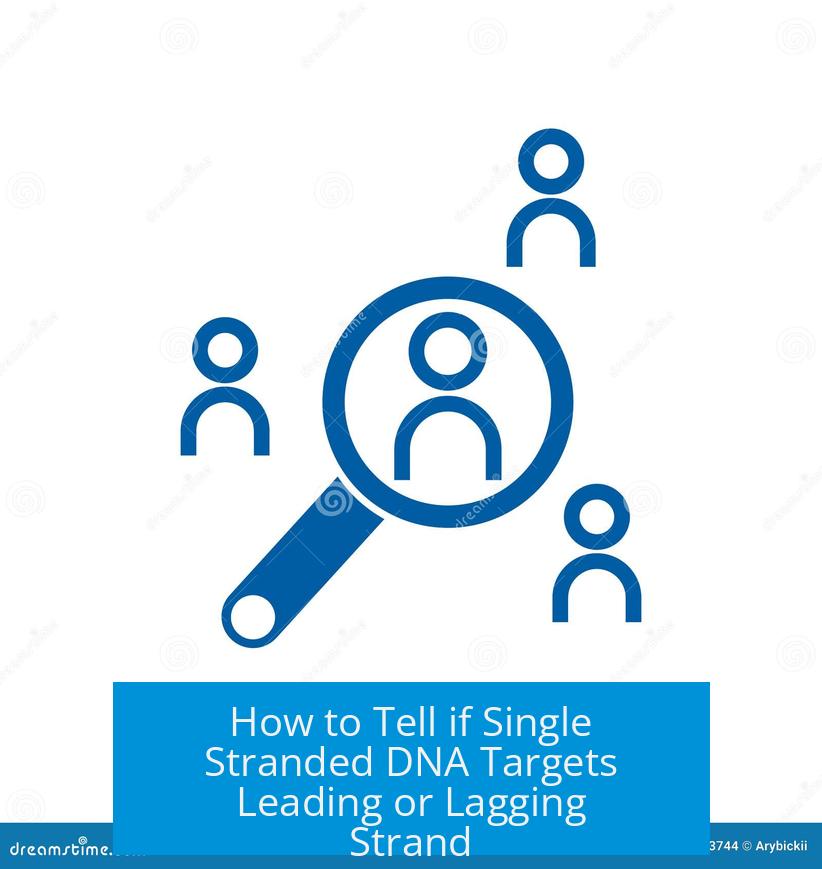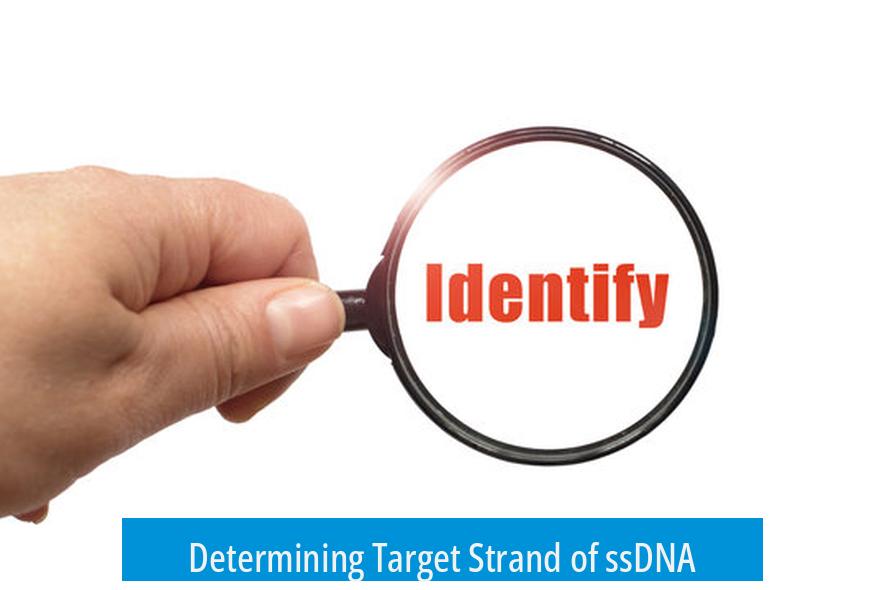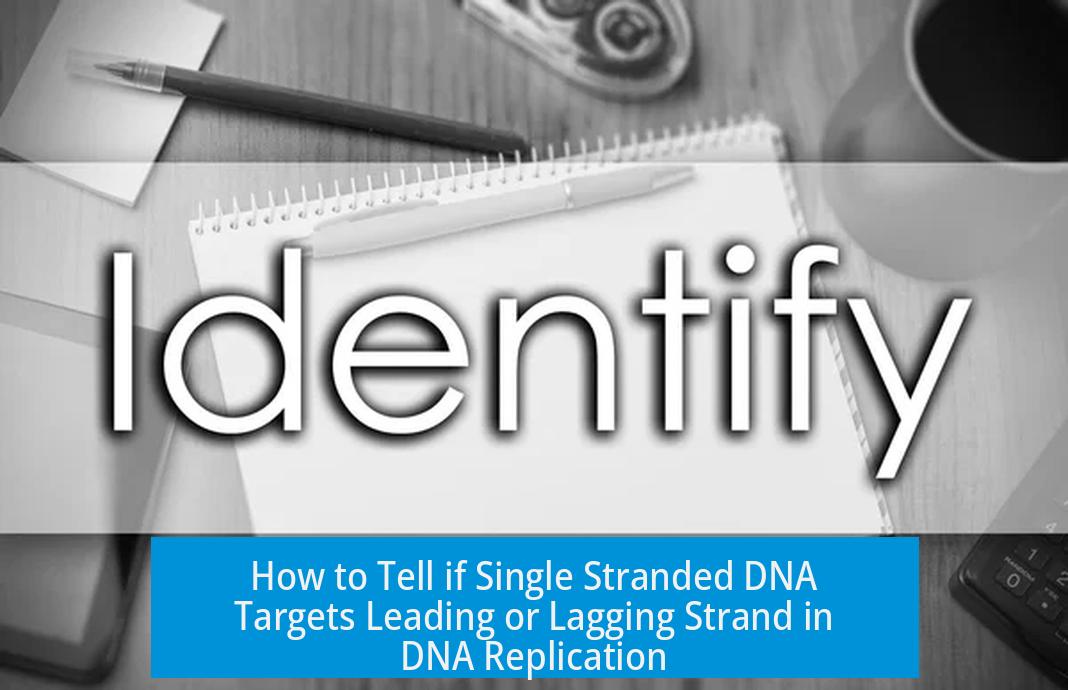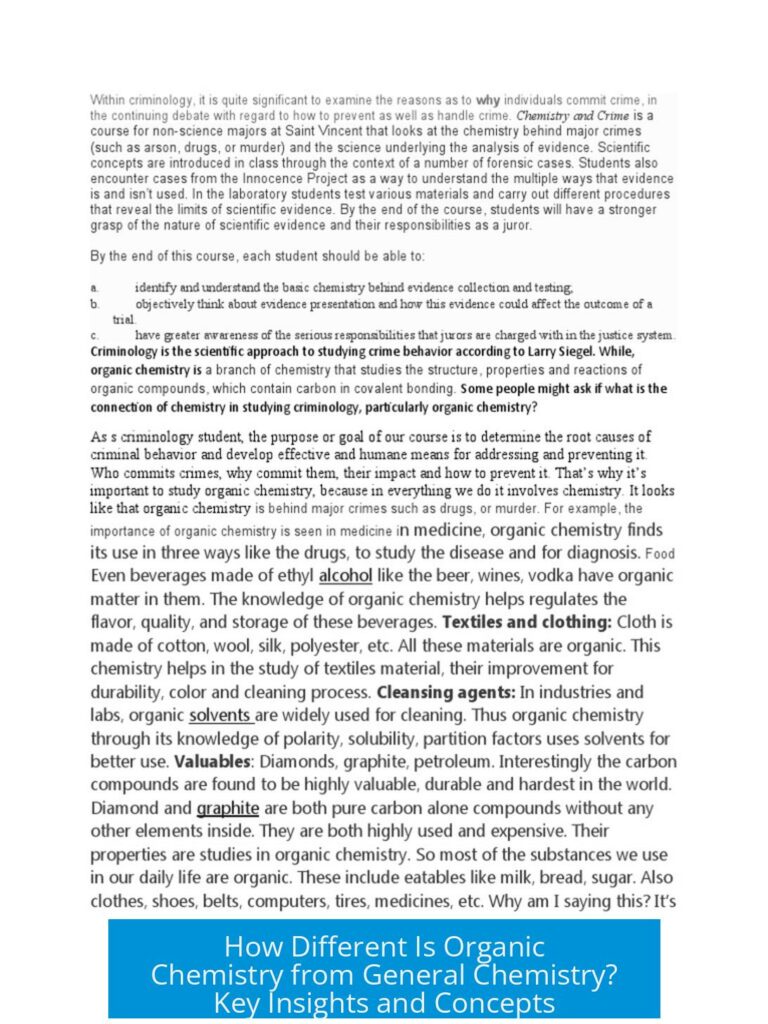How to Tell if Single Stranded DNA Targets Leading or Lagging Strand

To determine if a single stranded DNA (ssDNA) targets the leading or lagging strand during replication, first identify the replication origin and direction of the replication forks. The leading strand is synthesized continuously toward the fork, while the lagging strand is synthesized discontinuously away from the fork in Okazaki fragments.
Understanding Replication Fork and Strand Directionality
DNA replication forms a replication fork, a Y-shaped structure where the double helix unwinds. In bacteria, replication initiates at a defined origin and proceeds bidirectionally. This means two replication forks move in opposite directions. Each fork has a leading and lagging strand synthesized concurrently but in opposite orientations.
Leading vs. Lagging Strand Synthesis
- Leading strand: synthesized continuously in the same direction as fork movement.
- Lagging strand: synthesized discontinuously opposite to fork progression, creating short Okazaki fragments.
Determining Target Strand of ssDNA

To identify whether ssDNA targets the leading or lagging strand template, follow these steps:
- Locate the bacterial genome’s origin of replication.
- Determine the direction of replication fork progression moving away from this origin.
- Identify which template strand runs 3’ to 5’ toward the fork (leading strand template) and which runs 3’ to 5’ away from the fork (lagging strand template).
- Match the sequence and orientation of the ssDNA to the corresponding template strand.
The ssDNA complementary to the leading strand template will target the continuous strand synthesis area. Conversely, ssDNA complementary to the lagging strand template corresponds to regions synthesized discontinuously.
Practical Example
In bacterial genomes, the plus (+) or minus (–) strand can serve as templates depending on fork direction. If replication progresses clockwise from the origin, the strand oriented 3’ to 5’ clockwise is the leading strand template. ssDNA binding to this template targets the leading strand.
Summary
- Replication origin and fork direction define strand roles.
- Leading strand synthesized continuously with fork movement.
- Lagging strand synthesized discontinuously opposite the fork.
- ssDNA targeting depends on its sequence complementarity and orientation relative to fork direction.
How can I determine if single stranded DNA targets the leading strand or lagging strand?
Find the replication origin. Note the direction of replication fork movement. If the ssDNA matches the continuous synthesis direction, it targets the leading strand. If it corresponds to discontinuous fragments, it targets the lagging strand.
Why is the replication fork direction important for identifying strand targeting?
The replication fork moves bidirectionally from the origin. The leading strand is made continuously in the fork’s direction, while the lagging strand is made in fragments opposite that direction. This difference helps distinguish which strand is targeted.
Can single stranded DNA target both strands at once?
Replication forks produce both leading and lagging strands simultaneously but in opposite directions. However, a specific single stranded DNA sequence will align with either the leading or lagging strand based on its orientation relative to fork movement.
Does the bacterial genome structure affect how to identify leading or lagging strand targeting?
Yes, bacterial genomes replicate bidirectionally from a single origin. This means you must assess fork progression on both sides of the origin to determine the strand that single stranded DNA targets.
What role do Okazaki fragments play in identifying lagging strand targeting?
Okazaki fragments are short DNA pieces synthesized on the lagging strand. If single stranded DNA corresponds to these fragments, it targets the lagging strand. Continuous synthesis indicates targeting of the leading strand.





Leave a Comment